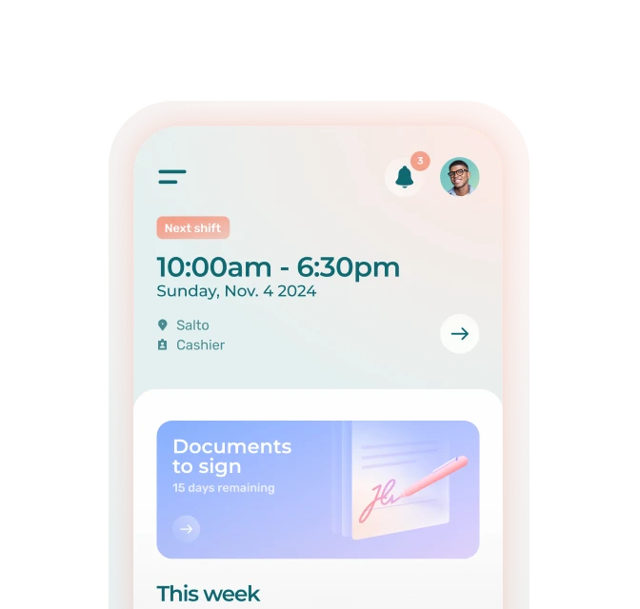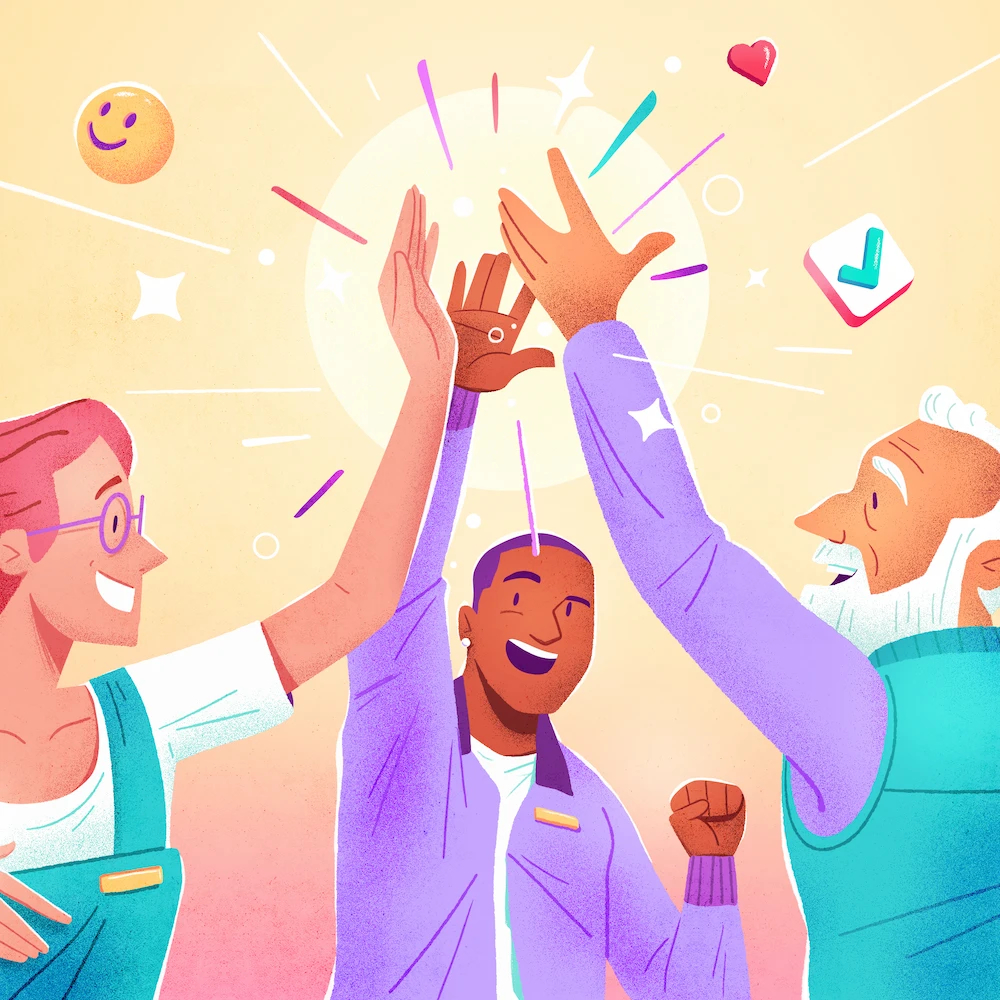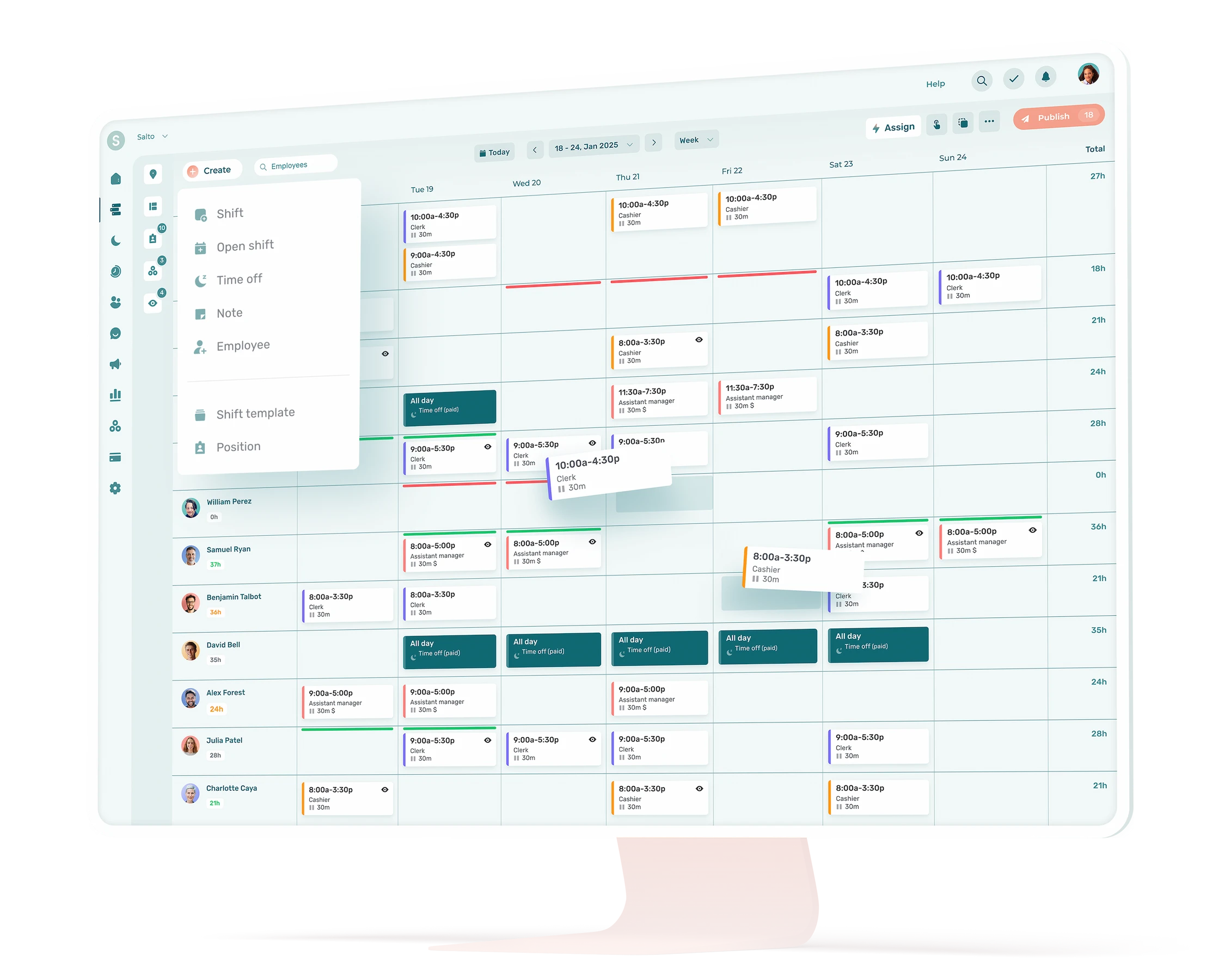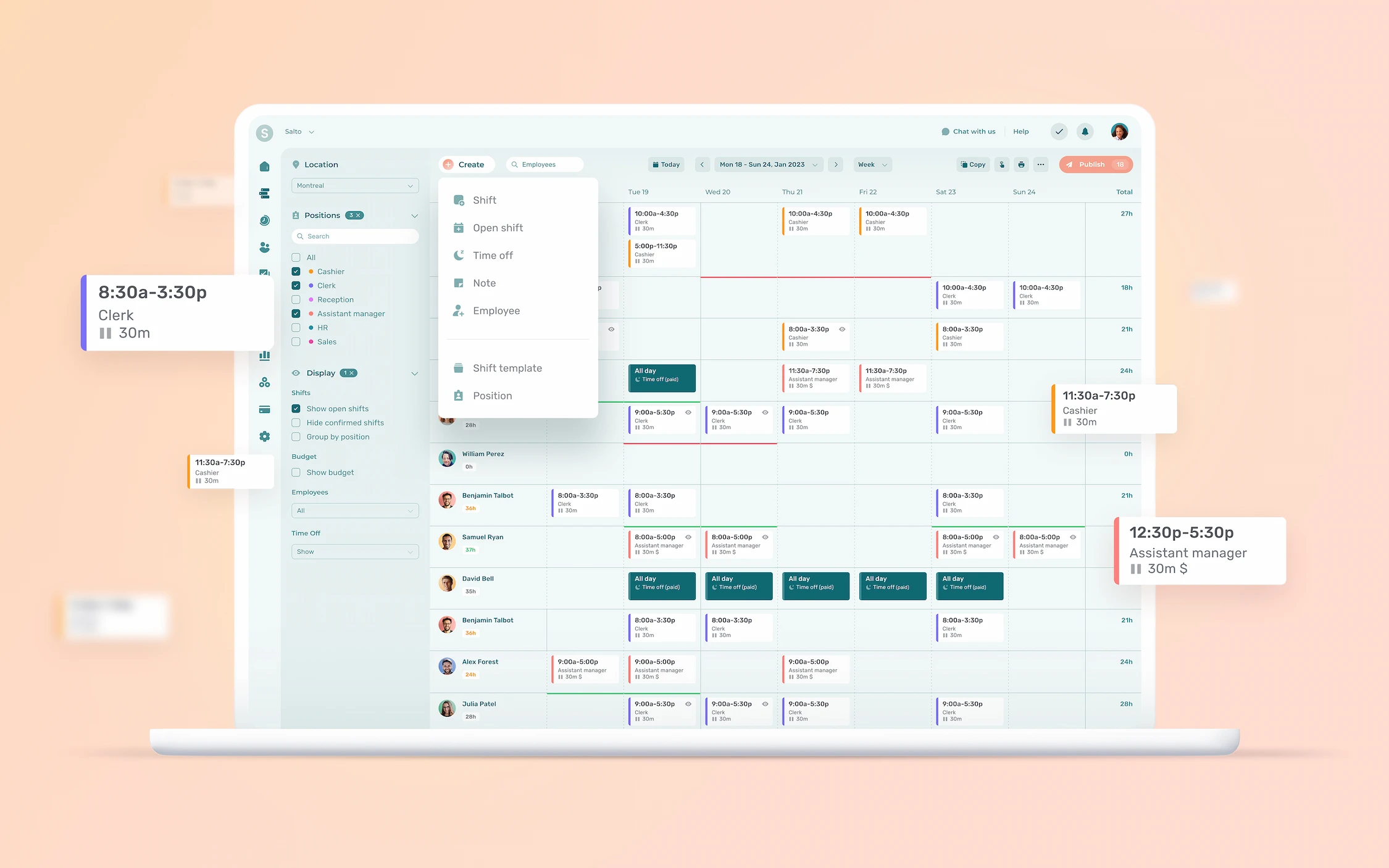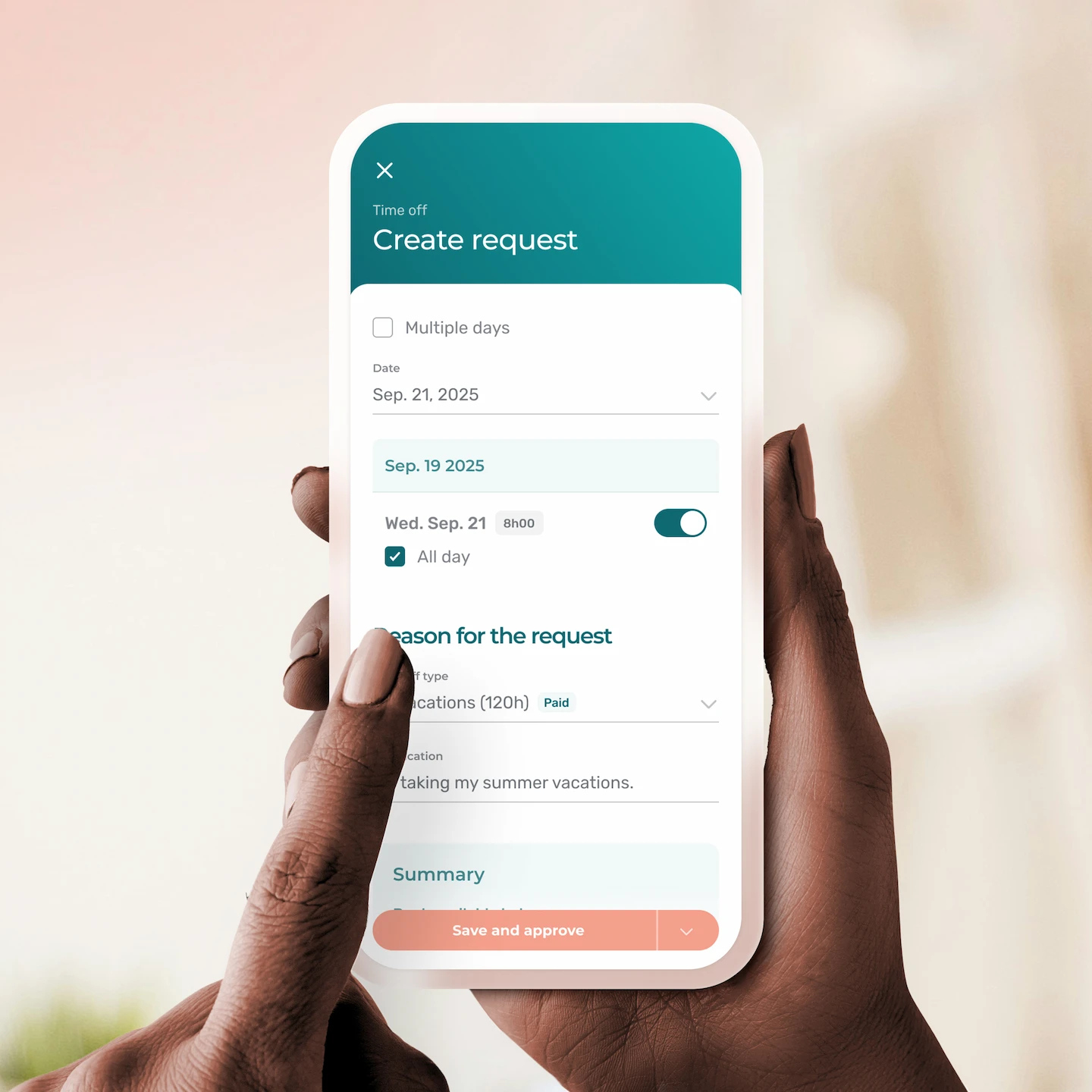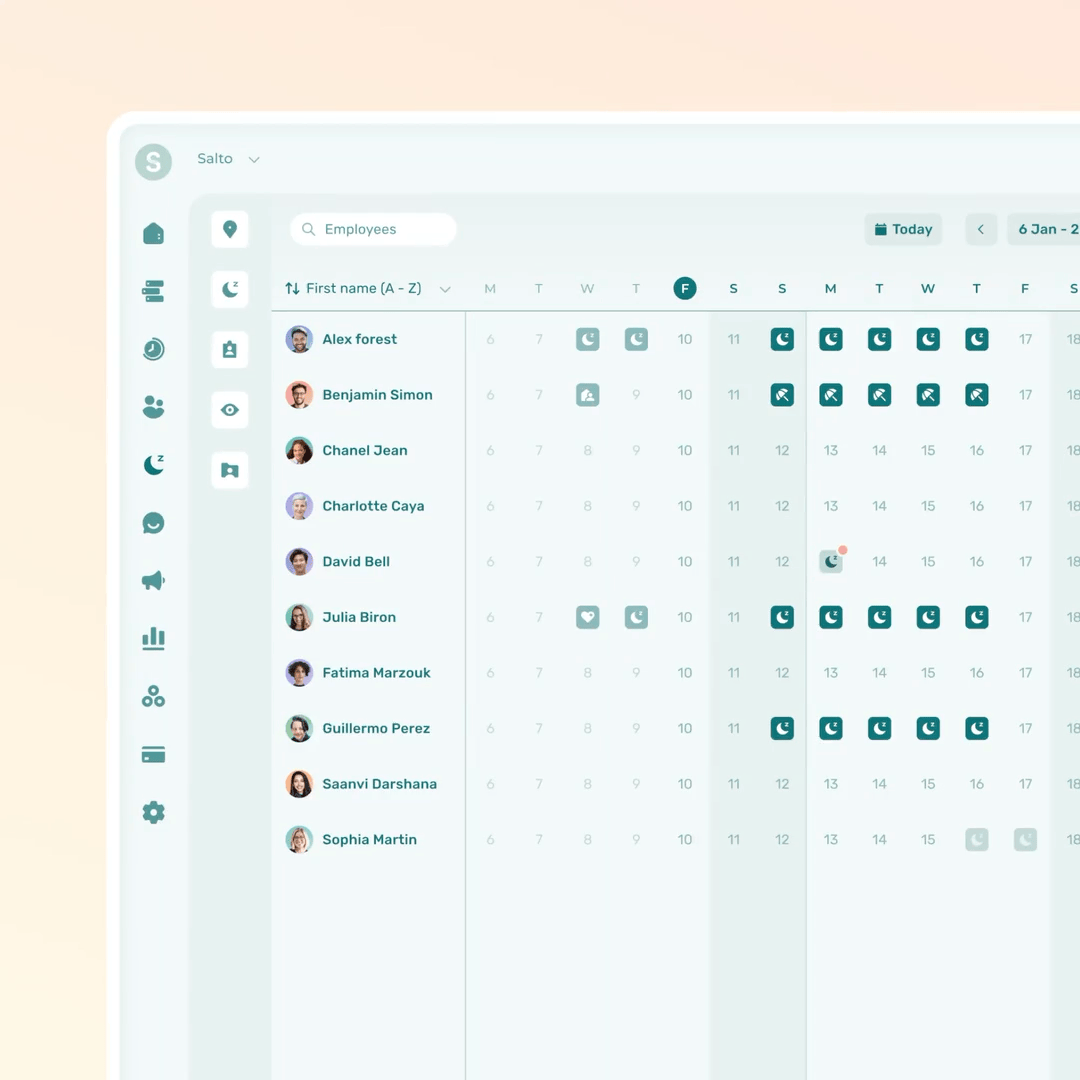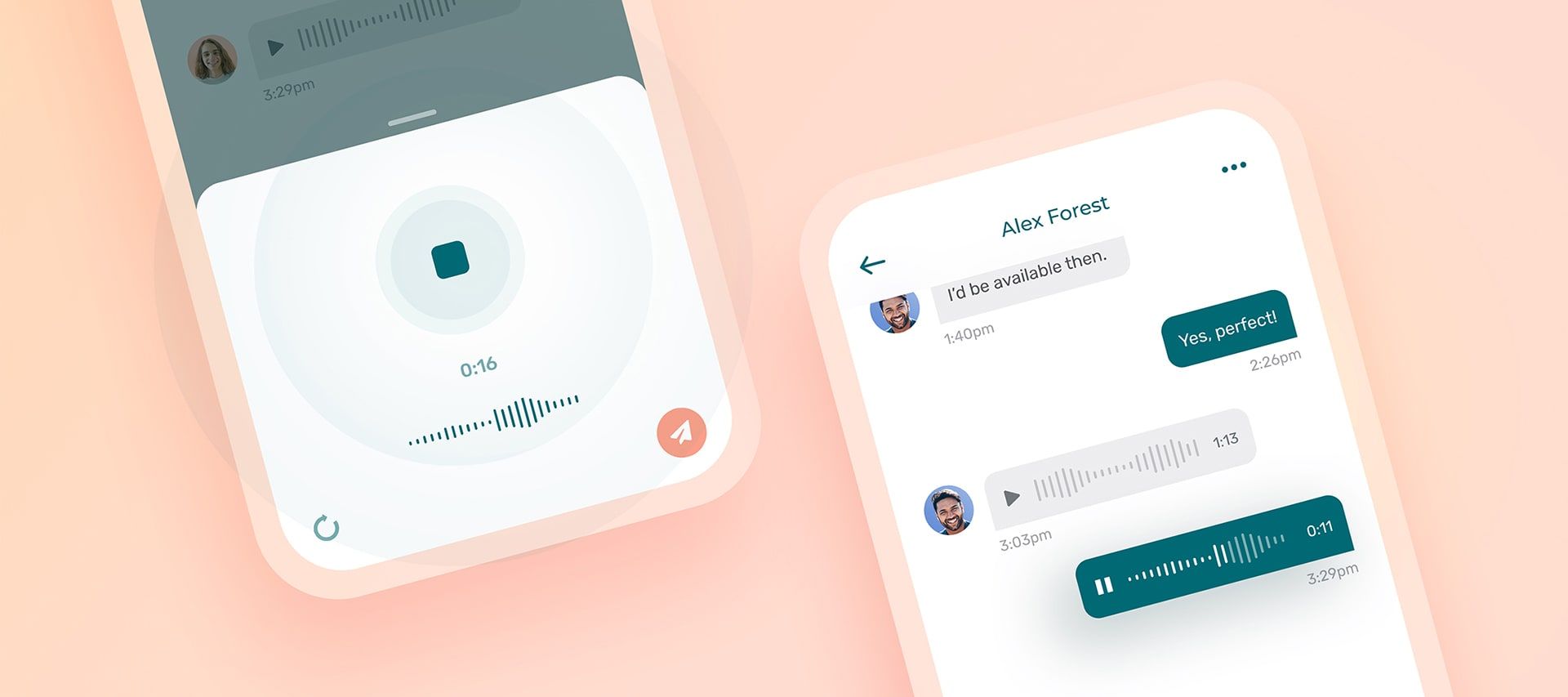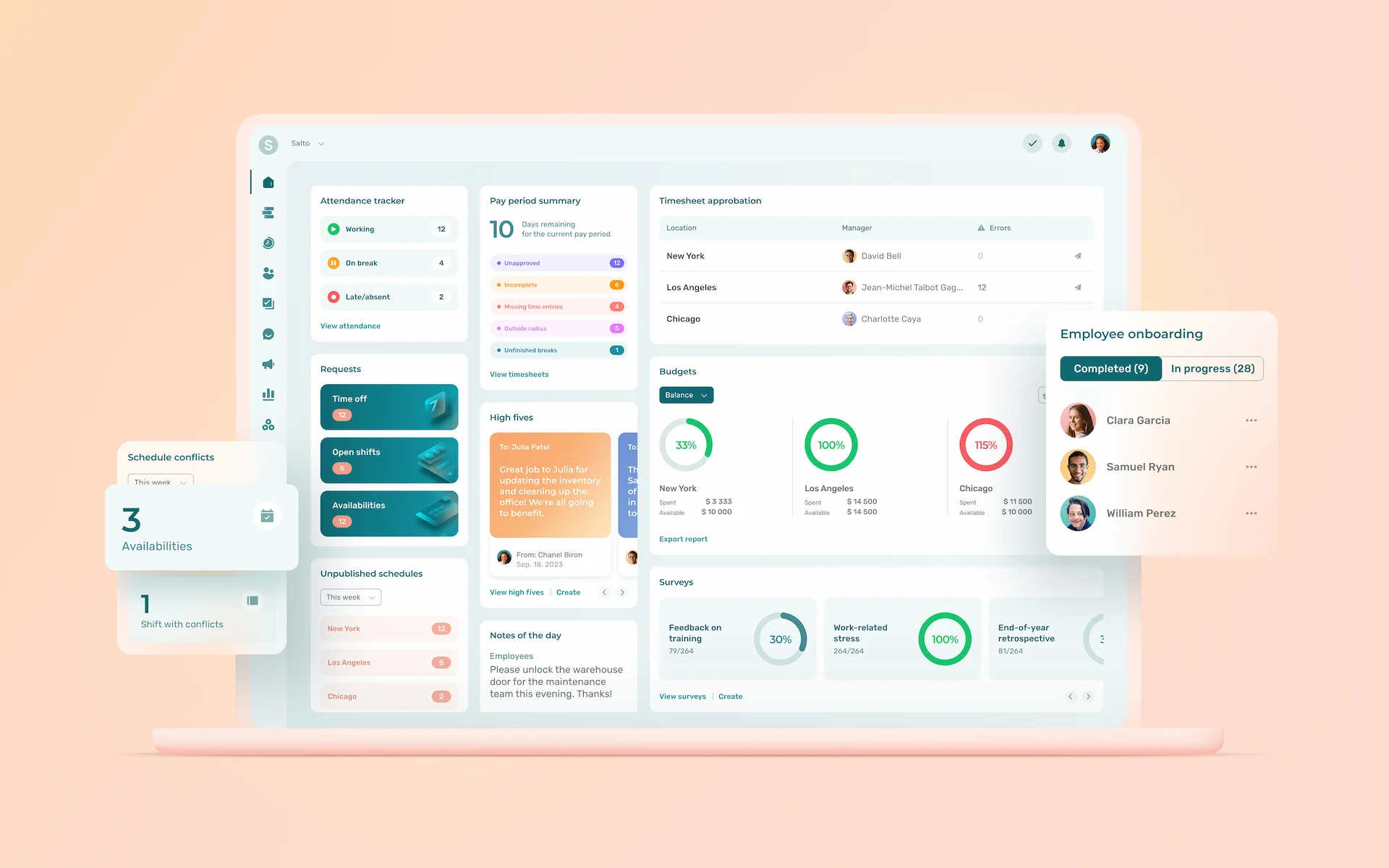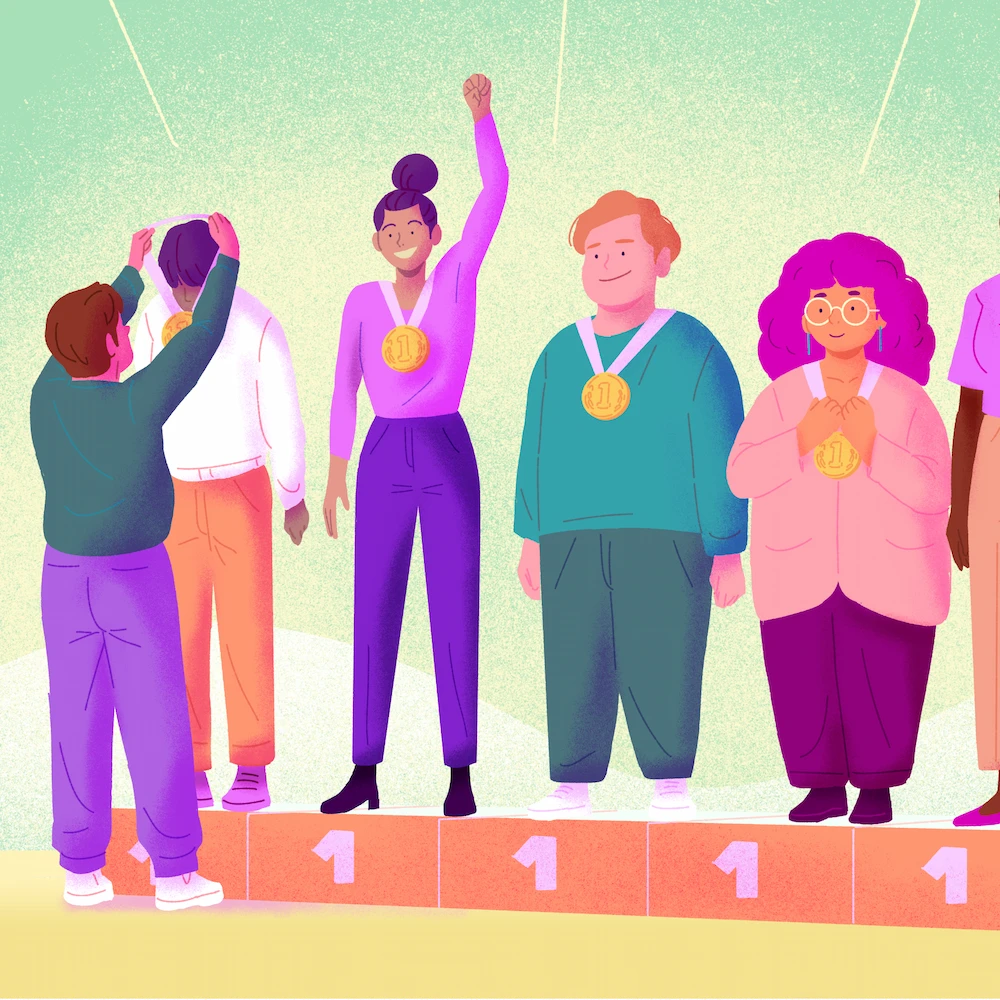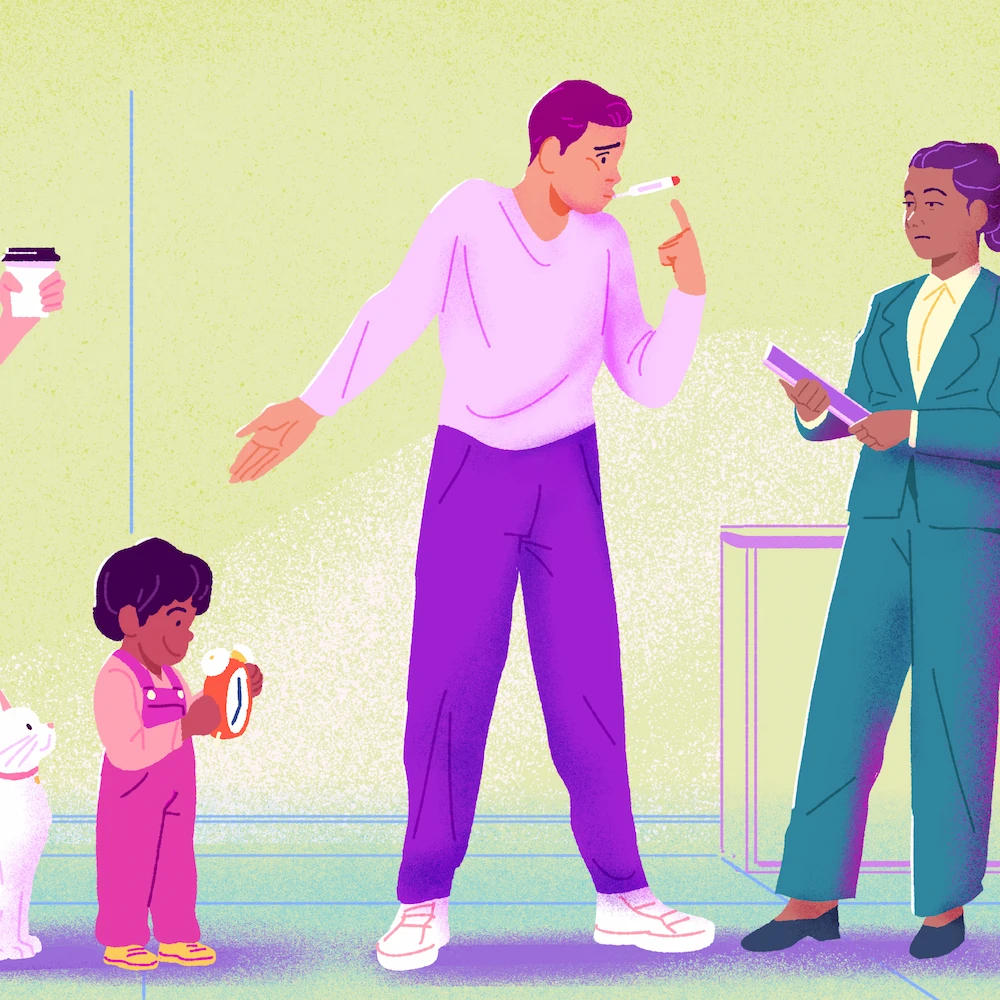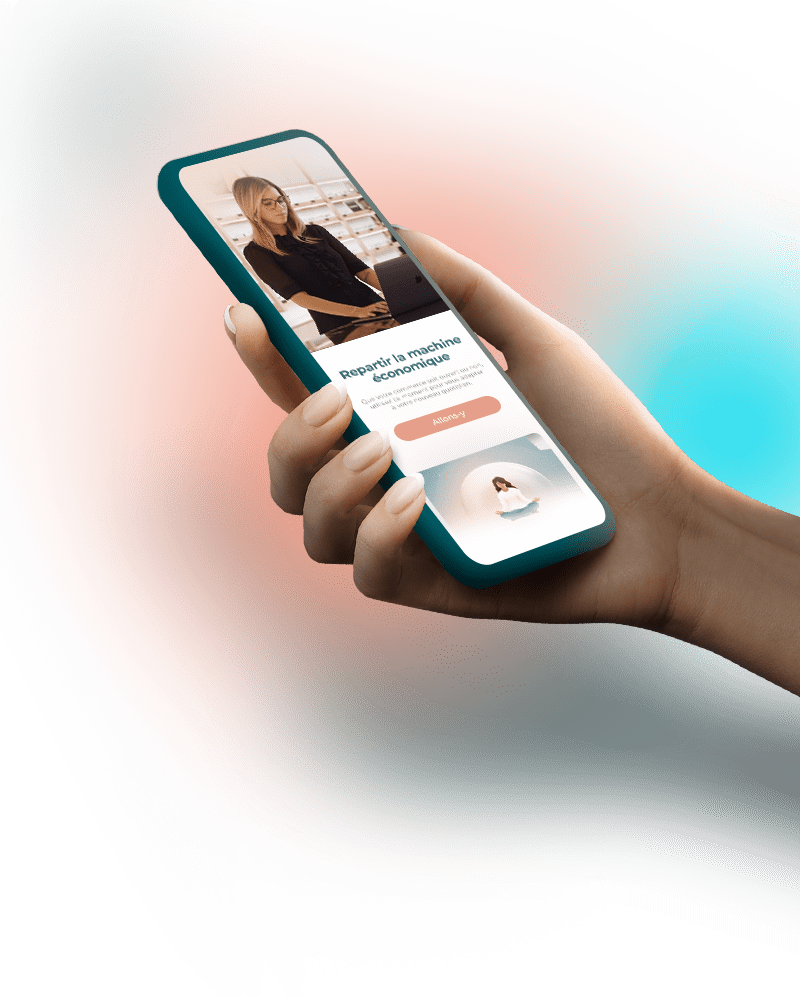Key takeaways
- A multigenerational workforce simplifies shift coverage thanks to complementary availability, making employee scheduling more flexible.
- Blending experience with younger tech-savvy talent balances reliability and innovation, reducing scheduling gaps and stabilizing service year-round.
- Modern employee scheduling software like Agendrix centralizes availability, time-off requests, shift swaps, and notifications, cutting conflicts and last-minute changes.
- Recruiting across generations and aligning shifts to preferences boosts engagement and retention for business owners across Canada. See also: employee scheduling best practices.
A multigenerational workforce can actually make employee scheduling easier. Yes, really. What might seem like a management challenge is actually a strategic opportunity in disguise!
For managers, creating work schedules means juggling a variety of needs and constraints.
And when your team includes a wide range of profiles (students, young parents, seasoned employees, or semi-retirees) it can feel even more complex.
But a multigenerational team also brings unique advantages. With complementary availability, your workforce becomes more flexible, making it easier to cover every shift and streamline scheduling overall.
In this article, we’ll show you how to turn this workplace reality into a strategic asset. Learn how a multigenerational workforce can benefit your organization, how to optimize employee scheduling, and how scheduling software can simplify the process even further.
What Is a Multigenerational Workforce?
A multigenerational workforce brings together employees from different age groups working side by side. Most often, this includes baby boomers (born between 1945 and 1965), Gen X (1965–1980), millennials (1980–1996), and Gen Z (1996–2012).
Such diversity is especially common in industries like retail, restaurants, grocery stores, pharmacies, and other sectors where flexible, shift-based scheduling is essential to operations.
🛍️ For instance, a retail store might rely on young parents during the week, part-time students in the evenings, and semi-retired workers on weekends.
Managing a multigenerational team means navigating different career paths, expectations, and work styles.
It also calls for situational leadership and opens the door to a collaborative, engaging, and inclusive workplace.
Retirees Returning to Work: A Valuable Resource
More and more retirees are choosing to rejoin the workforce, often part-time, to stay active, supplement their income, or simply for the enjoyment of it. And savvy managers would do well to make the most of this growing trend.
- According to Statistics Canada, about 22% of Canadians who recently retired end up returning to paid work after their initial retirement.
- In fact, as of 2022, 21% of adults aged 65 to 74 were employed, with nearly half working out of necessity, and the other half, by choice.
Reliable, Available, and Experienced Employees
Retired workers bring valuable stability to your organization. They’re often punctual, dependable, and have a strong work ethic, making them trusted team members you can count on.
Greater Scheduling Flexibility
Because they typically don’t have school or childcare commitments, retirees are often available for daytime or weekday shifts, those that can be harder to fill.
The Perfect Counterbalance to Younger Staff
While students tend to support the team during the summer or school breaks, retirees are available year-round. This intergenerational pairing helps maintain consistent service levels and makes it easier to accommodate time-off requests by balancing team availability.
The Benefits of a Multigenerational Workforce
Building a multigenerational workforce comes with many advantages, including a wider range of skills and experiences, greater flexibility for employee scheduling, and a strong balance between stability and energy.
A Wealth of Skills and Experience
One of the greatest strengths of a multigenerational team is the diversity of perspectives it brings to the table. Each generation contributes unique assets that, when combined, create a more balanced and high-performing work environment.
- Experienced employees stand out for their strong service mindset, reliability, and in-depth knowledge of best practices. Their professional background helps them navigate unexpected situations with calm and confidence, and they often become natural mentors for newer team members.
- Millennials and Gen Z employees, on the other hand, bring tech-savviness, adaptability, and openness to new ways of working. Their curiosity, engagement, and fresh ideas help drive innovation and energize existing processes.
- Meanwhile, Gen X and younger baby boomers often act as bridges between traditional and emerging approaches. Their versatility and ability to thrive in changing environments make them valuable assets to any team.
By bringing these profiles together, managers can build well-rounded teams capable of delivering outstanding customer service, operational efficiency, innovation, and adaptability, all at once.
Greater Flexibility for Employee Scheduling
Working with a multigenerational team gives managers access to a wider, more flexible range of availability. Diversifying the type of employee profiles they hire makes it easier to meet the changing needs of the business throughout the year.
- Retired or semi-retired workers often prefer lighter, more stable schedules during weekdays or daytime hours. Their consistent year-round presence offers a steady foundation for both the team and customers.
- Younger employees and students, on the other hand, tend to be available in the evenings, on weekends, or during school breaks. Their support is especially valuable during peak periods like summer, the holidays, or spring break.
This natural complementarity makes it easier to build balanced, efficient schedules that respect individual preferences. The result? Smoother employee scheduling, fewer availability conflicts, and more consistent service delivery.
Balancing Stability and Energy
A multigenerational workforce helps strike the right balance between reliability and energy: two essential ingredients for consistent, high-quality service.
- Older employees, often well settled into their professional routines, bring a steady, reassuring presence to the team.
- Younger staff, meanwhile, bring fresh energy during busier periods. They’re usually eager to take on new challenges and ready to step up when things get hectic.
The result is a strong, balanced team that can keep pace with the business without compromising service quality.
How a Multigenerational Workforce Simplifies Employee Scheduling
Beyond the feel-good factor, generational diversity brings real, practical benefits for managers tasked with building variable schedules week after week. Here are three ways a multigenerational workforce can make scheduling easier:
1. Naturally Broader Coverage
When your team includes a variety of employee profiles, their availabilities often complement each other—without much effort:
- Retired or semi-retired workers are typically available during weekdays and daytime hours.
- Students prefer evening and weekend shifts.
- Full-time employees usually cover the core shifts.
👉 The result? Fewer scheduling gaps, less overlap, and less juggling for managers.
2. Better Coverage During Peak Periods (Vacations, Seasonal Rushes)
Teams made up of similar profiles are more likely to face staffing gaps during key periods—like summer vacations or the holiday break. A multigenerational workforce helps you:
- Maintain a stable core team year-round.
- Bring in temporary or seasonal reinforcements without disrupting team balance.
👉 The result? Workloads are shared more evenly, and service remains smooth—even when several employees are off on vacation.
3. More Flexibility and Fewer Last-Minute Changes
With a diverse team, you’re more likely to find someone available for every shift—even the hard-to-fill ones (like Tuesday mornings or Saturday nights). Plus:
- Some employees are happy to take on the less popular shifts.
- Others are open to last-minute replacements or occasional adjustments.
👉 The result? Fewer scheduling emergencies, less scrambling to find backups, and schedules that hold up better, with fewer last-minute tweaks.
Scheduling Software and a Multigenerational Workforce: A Winning Combination
Here are 5 concrete benefits of using a scheduling tool like Agendrix to manage your multigenerational team more effectively.
1. Clear, Accessible Schedules for Everyone
No matter the generation, everyone appreciates knowing when they’re scheduled without having to dig around. With Agendrix, each employee can view their schedule in real time, right from their phone, with no risk of confusion or outdated versions.
📱 The interface is simple and user-friendly for all, whether they’re tech-savvy or less comfortable with digital tools.
“What first charmed us about Agendrix is its ease of use: it’s a very intuitive app. Even our employees who are reluctant to use technology quickly adopted it. It pleases all our employees, from 15 to 74 years old!” – Lara May-Viger, Manager and Accountant, Rona Vimont Laval
2. Self-Service Tools: Empower Your Team and Lighten Your Load
With scheduling software, employees can:
- Enter their availability
- Submit time-off requests
- Suggest shift swaps
This significantly reduces back-and-forth communication and encourages team members to take ownership of their schedules.
3. Centralized Communication
No more schedules sent by text, absences scribbled on sticky notes, or forgotten messages in Facebook Messenger. With Agendrix, all work-related communication is centralized in one place:
- Notifications for schedule changes
- Replacement confirmations
- Group and one-on-one messages
💬 The result? More clarity for everyone and fewer last-minute crises to manage.
4. Smooth Shift Swaps
With the shift swap feature, employees can offer up shifts that their coworkers can pick up. You decide whether manager approval is required or not.
🔄 A student has a final exam coming up? An employee needs an unexpected day off to babysit their grandson? No problem: the shift gets filled quickly and easily.
5. The Right Info, at the Right Time
With centralized scheduling and automated reminders, everyone knows their shifts ahead of time, reducing no-shows and misunderstandings. Managers also get real-time visibility into what’s happening on the floor, including:
- Unplanned absences
- Late arrivals
- Scheduling conflicts
⚠️ This kind of instant overview is especially helpful for managers who need to stay on top of things at all times, wherever they might be on the floor.
Using software like Agendrix isn’t just about building schedules. It’s about giving your entire team the tools they need to work better together, while respecting everyone’s individual reality.
What If Diversity Became Your Greatest Asset?
By now, it’s clear: managing employees from different generations isn’t a challenge to overcome. It’s a strategic opportunity to embrace. With the right approach, you can simplify employee scheduling and strengthen team stability.
Pairing a multigenerational workforce with scheduling software like Agendrix creates the perfect conditions to keep your team engaged and your service quality high. It also gives you a powerful tool to handle the unexpected and navigate peak periods with ease.
In short, diversity is a real strength. All it takes is the right strategy to bring it to life!
What Is a Multigenerational Workforce?
A multigenerational workforce brings together employees from different generations (baby boomers, Gen X, millennials, and Gen Z) working side by side. This diversity creates a rich mix of perspectives, skills, and availability, making it especially valuable for businesses that rely on flexible or rotating schedules.
What are the scheduling benefits of a multigenerational workforce?
Generational diversity helps cover a broader range of scheduling needs: retirees are often available during the week, students prefer evenings, and full-time employees cover the core hours. This makes planning easier for managers and leads to more stable customer service year-round.
What are some employee scheduling tips for a multigenerational team?
Here are a few best practices:
- Use employee scheduling software like Agendrix to centralize schedules, availability, and communication.
- Ask employees to manage their own preferences, availability, and time-off requests.
- Offer shifts that align with different profile preferences—daytime, evening, weekends.
- Leverage natural availability patterns to create a more balanced schedule.


